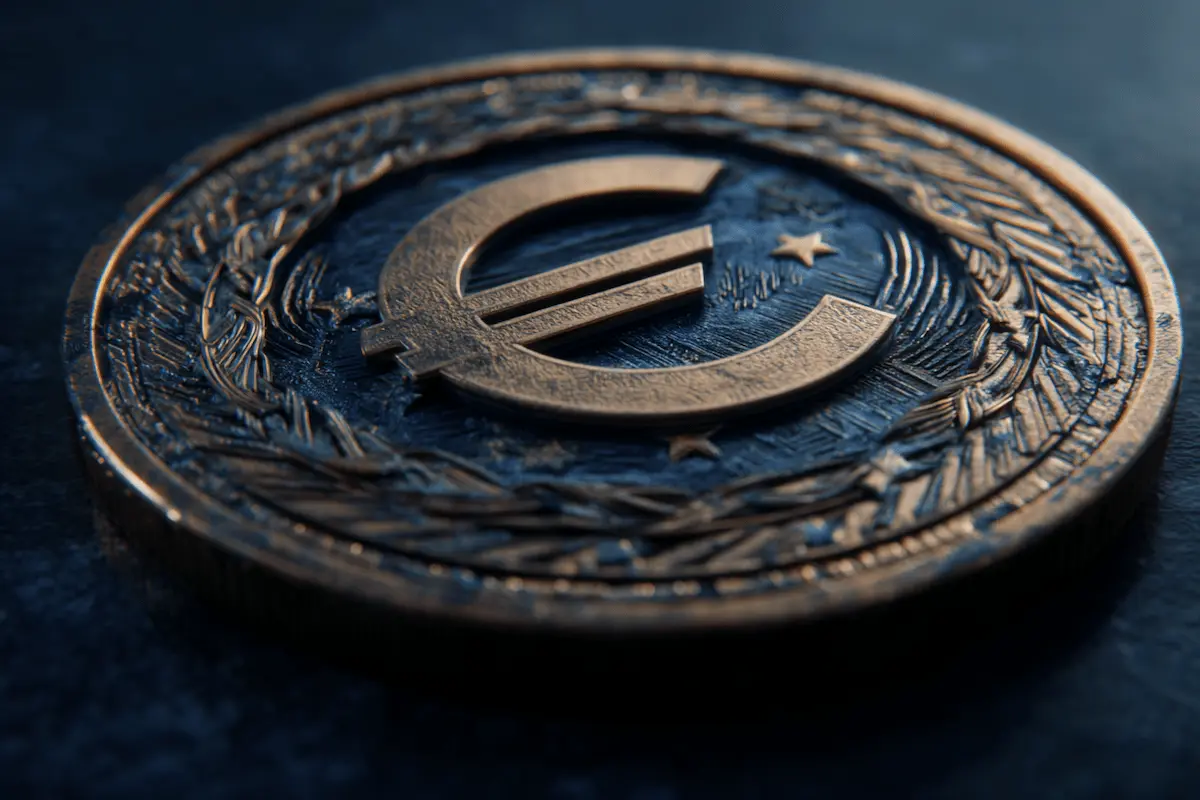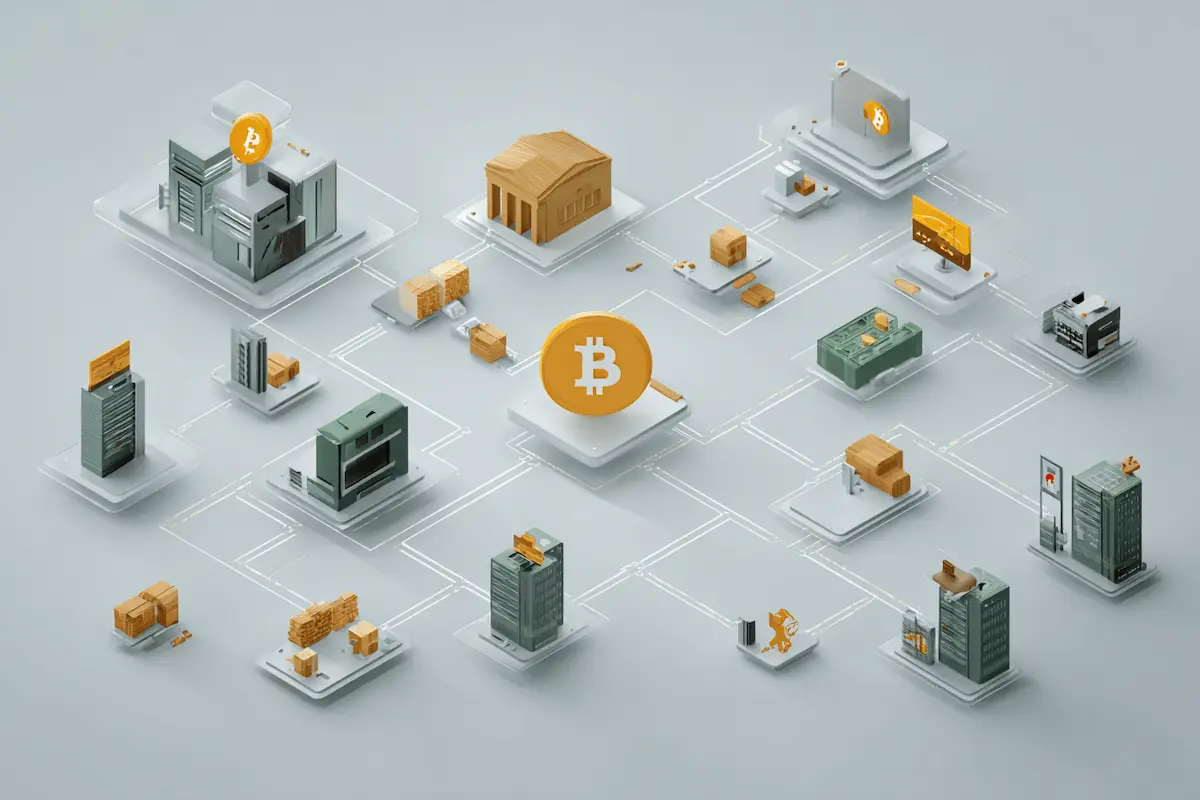Digital Euro – A New Chapter in Europe's Financial Sovereignty
The European Central Bank (ECB) is actively developing the Digital Euro, a major step toward modernizing the eurozone’s financial system and strengthening its monetary sovereignty. This central bank digital currency (CBDC) will be designed for both online and offline payments, accessible to citizens and businesses alike.

Image: AI-generated visual ZenoFusion
What Is the Digital Euro?
The Digital Euro is a proposed digital version of central bank money. Unlike cryptocurrencies, it will be state-backed, stable, and regulated. It is not meant to replace cash but to complement it, offering a secure, efficient, and universally accessible payment method across the eurozone.
Why Does Europe Need It?
- Monetary Independence: Reduces reliance on non-European payment systems like Visa or Mastercard.
- Technological Competitiveness: Supports innovation in digital payments and financial services.
- Financial Inclusion: Offers a digital payment tool for citizens without bank accounts or with limited access.
How Will It Work?
The Digital Euro will allow users to pay using mobile apps, smart cards, or wearables – even offline. Privacy protection and cybersecurity will be key priorities, with design options for both personal anonymity and traceability in compliance with regulations.
Where Does the Project Stand?
In November 2023, the ECB entered a two-year preparation phase to finalize the legal, technical, and practical aspects. A formal launch decision is expected by the end of 2025.
Conclusion
The Digital Euro represents more than just a technological upgrade. It’s a strategic move to future-proof the eurozone’s economy and reinforce its financial independence. If successful, it could redefine how Europeans pay, save, and interact with money.
📚 Sources:
- European Central Bank – Digital Euro
- Reuters: ECB Digital Euro Strategy
- Global Government Fintech – Progress Report
✍ Author: Tornike (Content Strategist, ZenoFusion) May 8, 2025
✍ Article Author
- Registered: 27 April 2025, 10:30
- Location: Georgia




 Tornike
Tornike
